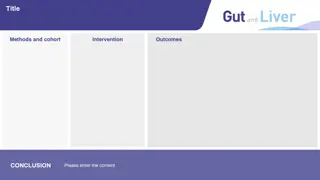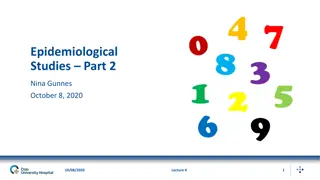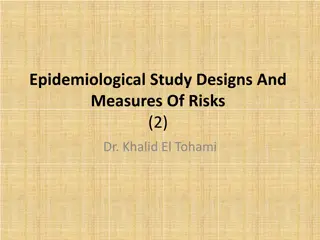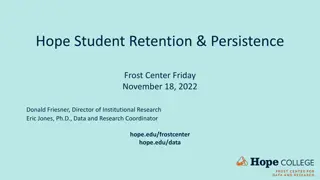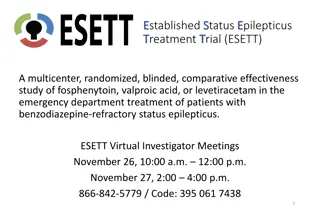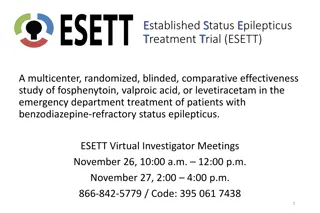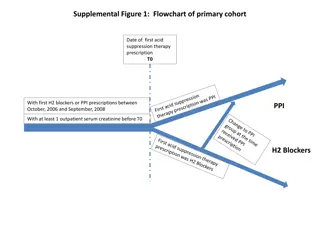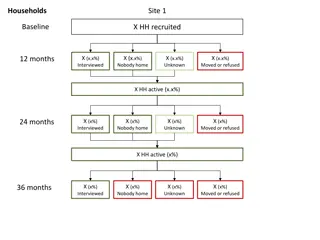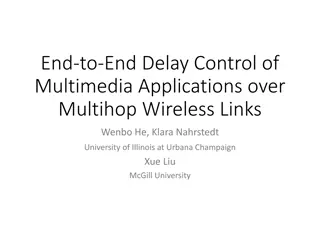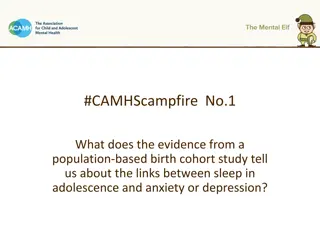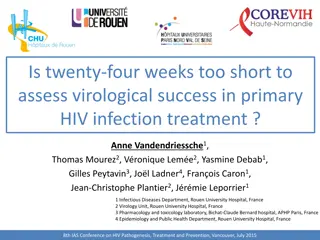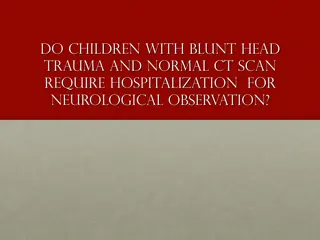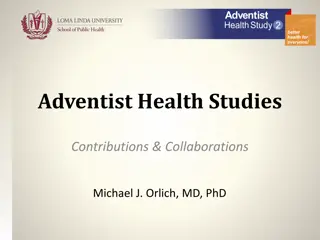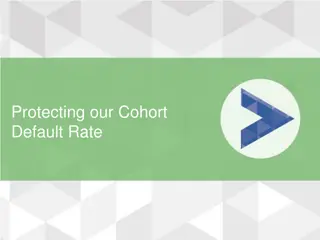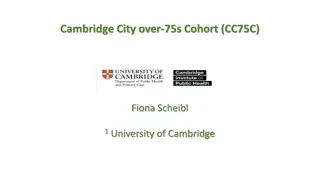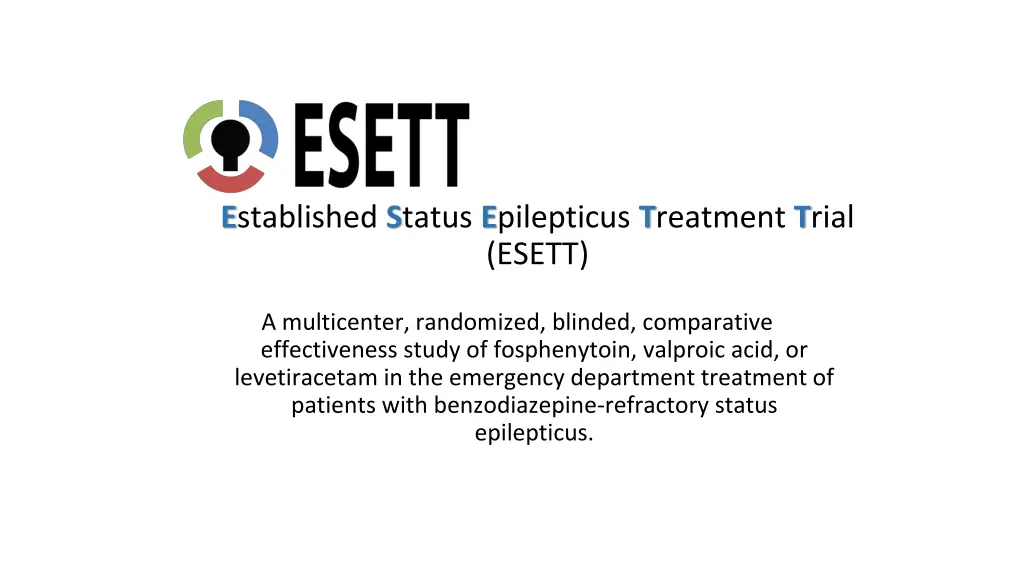
Comparative Effectiveness Study of Status Epilepticus Treatments
ESETT is a randomized, blinded study comparing fosphenytoin, valproic acid, and levetiracetam for treating status epilepticus. The primary objective is to determine the best treatment. Bayesian analysis showed no significant difference in effectiveness between the three treatments.
Download Presentation

Please find below an Image/Link to download the presentation.
The content on the website is provided AS IS for your information and personal use only. It may not be sold, licensed, or shared on other websites without obtaining consent from the author. If you encounter any issues during the download, it is possible that the publisher has removed the file from their server.
You are allowed to download the files provided on this website for personal or commercial use, subject to the condition that they are used lawfully. All files are the property of their respective owners.
The content on the website is provided AS IS for your information and personal use only. It may not be sold, licensed, or shared on other websites without obtaining consent from the author.
E N D
Presentation Transcript
Established Status Epilepticus Treatment Trial (ESETT) A multicenter, randomized, blinded, comparative effectiveness study of fosphenytoin, valproic acid, or levetiracetam in the emergency department treatment of patients with benzodiazepine-refractory status epilepticus.
Flow Diagram 400 patients were randomized 16 excluded from the intention-to-treat population for repeat enrollment 5 received levetiracetam 7 received fosphenytoin 4 received valproate 384 unique subjects 121 valproate 145 levetiracetam 118 fosphenytoin 39 excluded from the per protocol analysis 39 had eligibility violations 2 received <80% of infusion (and had eligibility violations) 30 excluded from the per protocol analysis 29 had eligibility violations 2 received <80% of infusion (1 had eligibility violations) 36 excluded from the per protocol analysis 34 had eligibility violations 2 received <80% of infusion 145 included in ITT analysis 109 included in the per protocol analysis 150 included in safety analysis 118 included in ITT analysis 79 included in the per protocol analysis 125 included in safety analysis 121 included in ITT analysis 91 included in the per protocol analysis 125 included in safety analysis
Fosphenytoin Valproate Levetiracetam
Primary Objective: Which treatment is best? Or, if there is no single best treatment, is there a worst treatment? A Bayesian approach was used to estimate the probability that each treatment is the best or worst. Prior to observing study data all three treatments were considered to be equally likely to be the most effective or least effective treatment.
LEV 47% FOS 45% VPA 46% Success Rate [95% credible intervals] Probability treatment is the best/ [39%, 55%] 0.41 / 0.24 [36%, 54%] 0.24 / 0.45 [38%, 55%] 0.35 / 0.31 worst
Decision Rule was that the probability 0.975 to make a claim that one drug was the best or worst. All treatments had probabilities less than 0.975, and so the conclusion was that neither a best, nor a worst, treatment could be identified. The rates of cessation of seizures at one hour was not different between levetiracetam, fosphenytoin, and valproate, each of which stopped seizures in approximately half of patients.
No statistically significant differences detected for secondary efficacy outcomes Levetiracetam N=145 60% 1 (0 - 3) Fosphenytoin N=118 60% 1 (0 - 3) Valproate N=121 59% 1 (0 - 3) Admission to intensive care unit Length of ICU stay, days, median (IQR) Length of hospital stay, days, median (IQR) Time to seizure cessation Patients with success on primary outcome Minutes, median (IQR) n = number with audio recording Seizure cessation within 20 minutes 3 (1 - 7) 3 (1 - 6) 3 (2 - 6) N=68 11 (6 - 16) N=53 12 (8 - 21) N=55 7 (5 - 15) n = 14 78% n = 15 81% n = 10 78%
No statistically significant differences detected for safety Levetiracetam N=150 <1% Fosphenytoin N=125 3% Valproate N=125 2% Safety Life-threatening hypotension within 60 min of start of study drug infusion Life-threatening cardiac arrhythmia within 60 min <1% 0% 0% Endotracheal intubation within 60 min Acute seizure recurrence 1 - 12 hrs 20% 11% 26% 11% 17% 11% Acute anaphylaxis Acute respiratory depression Hepatic transaminase or ammonia elevations Purple glove syndrome Death 0% 8% <1% 0% 5% 0% 13% 0% 0% 2% 0% 8% <1% 0% 2%



